Automatic translation
1. Automatic addition of subject
When a subject (or object) is not supplied, the automatic translator will generally add one. Usually this is “it” or “I”. Both of these can be detected with back-translations, for example:
a. It as subject: It notes it gets wet and it slipsそれはそれが濡れて、それがスリップすることに注意します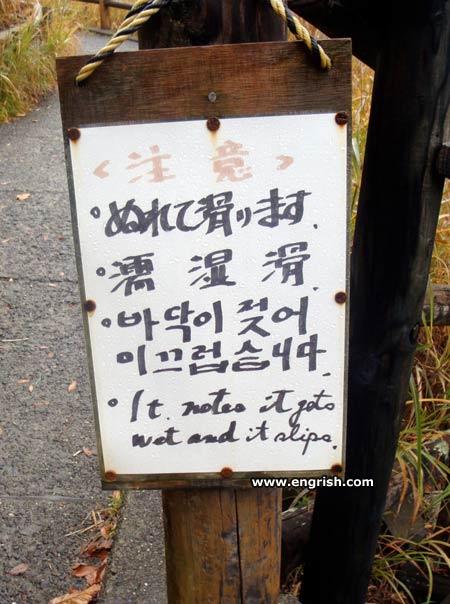
b. It as object OBJECT: A man cannot put it in from here. “IT” 男はここからそれを入れない 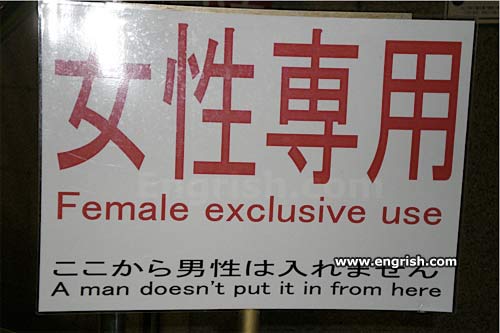
c. 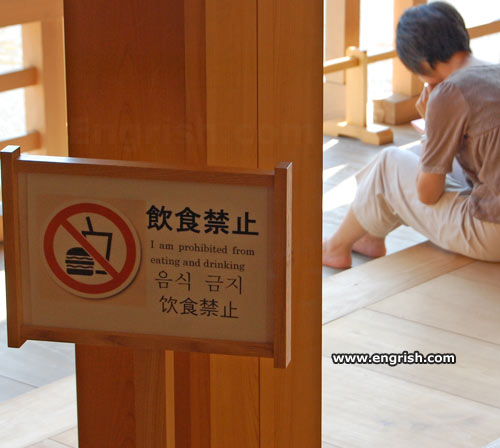 I am prohibited from eating and drinking 私はここで食べたり飲んだりできません
I am prohibited from eating and drinking 私はここで食べたり飲んだりできません
d. http://www.engrish.com/2011/01/coca-cola-is-a-proud-sponsor-of-the-eighteenth-amendment/
I warn a child. 私は子供に警告する 逆翻訳は見つかります
e. 動名詞
http://www.engrish.com/2011/01/coca-cola-is-a-proud-sponsor-of-the-eighteenth-amendment/
Passing through is prohibition通過は禁止です 逆翻訳は見つかりません In addition, the word “prohibition” should be “prohibited”. As is, it means 禁酒法
2. Long sentences
a. 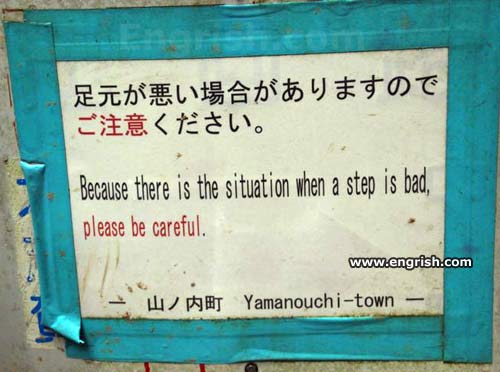
b. 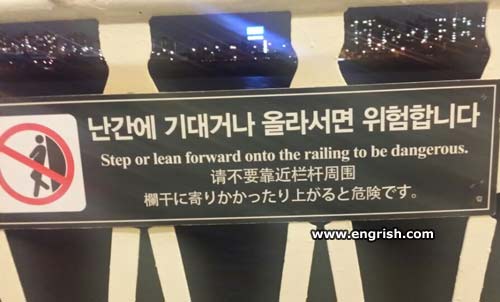
3. Problems with articles
a. エレベータートイレはこちら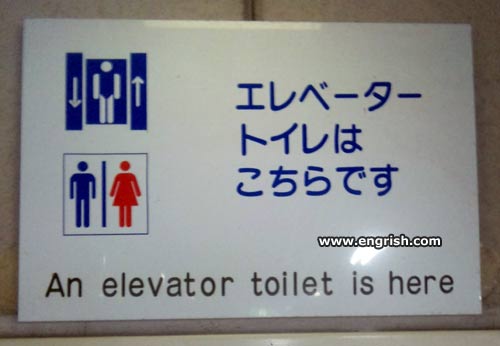
b. 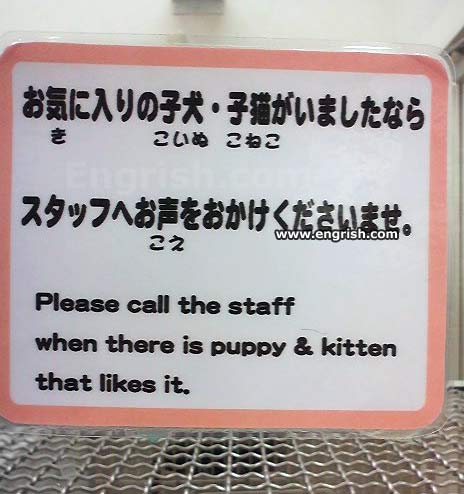
4. There is….
a. Please call the staff when there is puppy and kitten that likes it それが好きな子犬や子猫がいる場合は、スタッフに電話してください
b. ブラックシープの後ろに残っていることはありませんか? 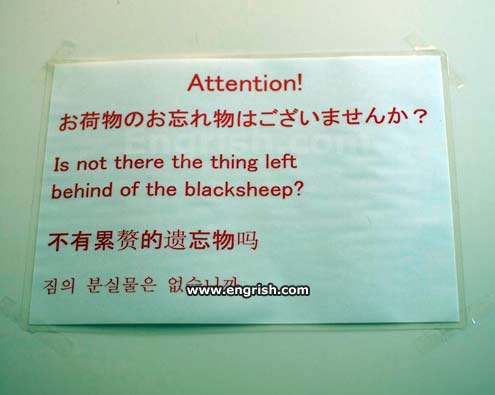
5. Transitive verbs and Causation
a. Please do not let it play only in small children 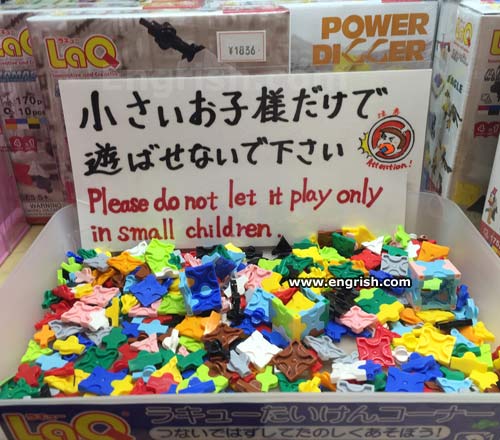
b. Don’t play dog 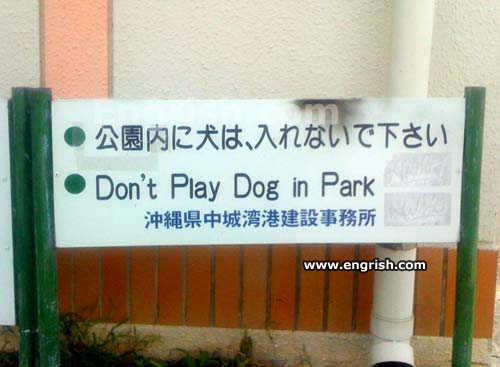 犬をしないでください
犬をしないでください
c. Please cause me trouble 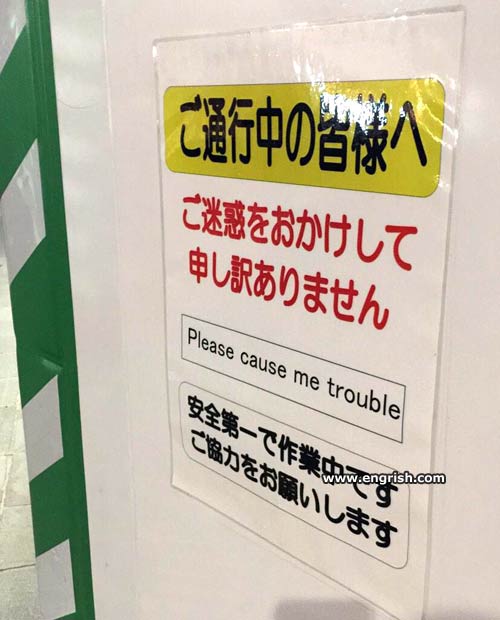 私を困らせてください
私を困らせてください
THE LIMITS OF BACK-TRANSLATION
1. PASSING THROUGH IS PROHIBITION 通過は禁止です
2. Please do not let it play only in small children小さな子供にしか遊べないようにしてください
